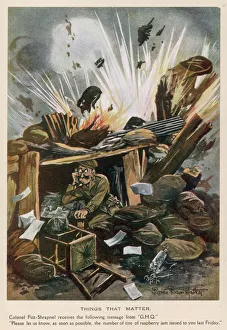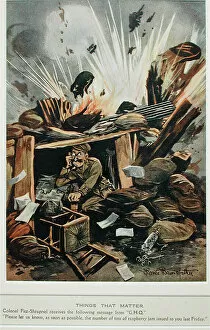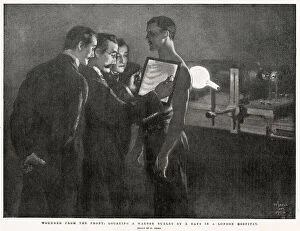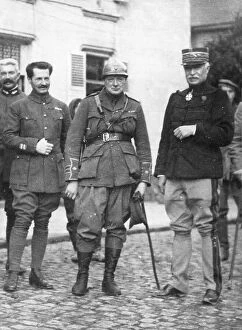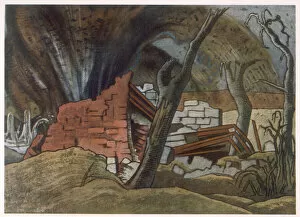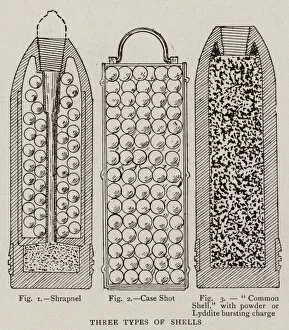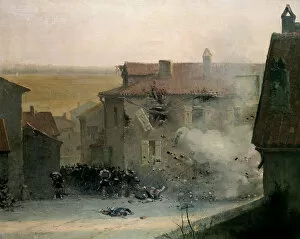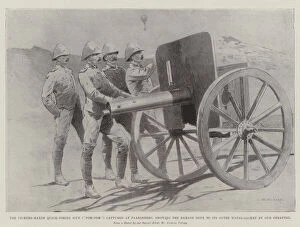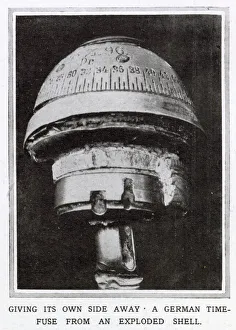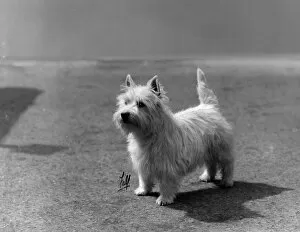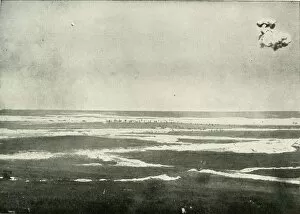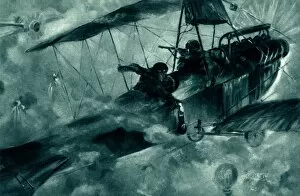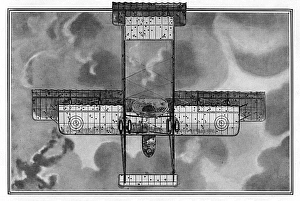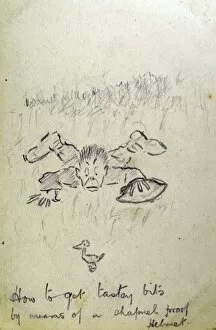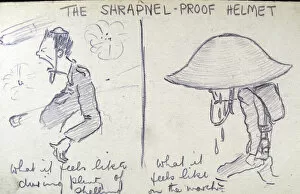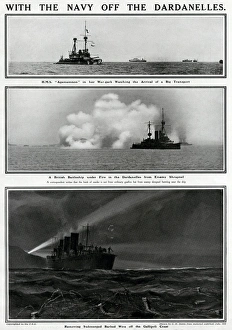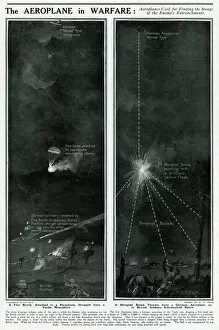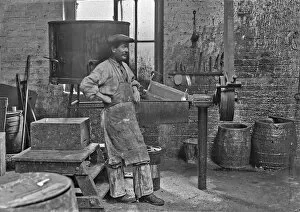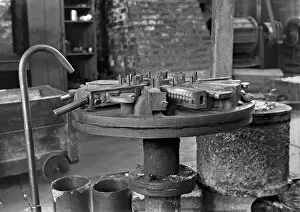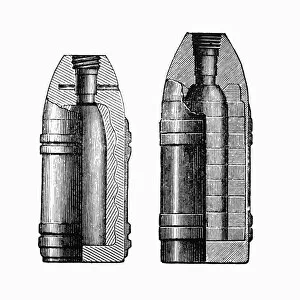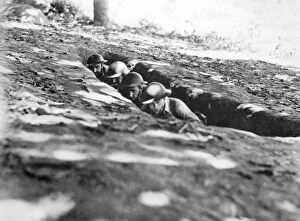Shrapnel Collection
"Shrapnel: Things That Matter in the Chaos of War" In Bruce Bairnsfather's iconic book, "Things That Matter
All Professionally Made to Order for Quick Shipping
"Shrapnel: Things That Matter in the Chaos of War" In Bruce Bairnsfather's iconic book, "Things That Matter, " shrapnel takes center stage as a powerful symbol of the devastating impact of World War I. As one flips through its pages, vivid images emerge – from Winston Churchill conferring with General Fayolle in France to scenes at Woolwich Arsenal where cutting-edge armstrong guns were crafted. But amidst these grandiose depictions lie subtle reminders of the true horrors faced by soldiers on the frontlines. An X-ray captures a soldier being examined, his body bound by shrapnel-inflicted wounds. This haunting image serves as a reminder of how this lethal ammunition worked during WW1 – exploding mid-air and releasing countless metal fragments that tore through flesh and bone. The production process behind shrapnel is revealed in another snapshot - machinery whirring away in a lead factory dedicated to its manufacturing. These factories became instrumental in supplying armies with this deadly weapon, forever changing the face of warfare. Yet amid all the destruction caused by shrapnel, there are glimpses of heroism and resilience depicted throughout history. In vibrant lithographs titled "Heroes of Italy" and "Like a Cataclysm, " artists capture moments when brave individuals rose above adversity to protect their homeland. As we delve deeper into Bairnsfather's work, we encounter Paul Nash's poignant color lithograph entitled "Shell Bursting. " It portrays an explosive moment on the Western Front, reminding us that even though shrouded in chaos and destruction, art can still find beauty within tragedy. Finally, G. L Stampa's thought-provoking piece titled "Are we uprooted? No. " challenges our perception of war-ravaged landscapes. It urges us to reflect upon what truly matters amidst devastation – human resilience and determination to rebuild shattered lives.

